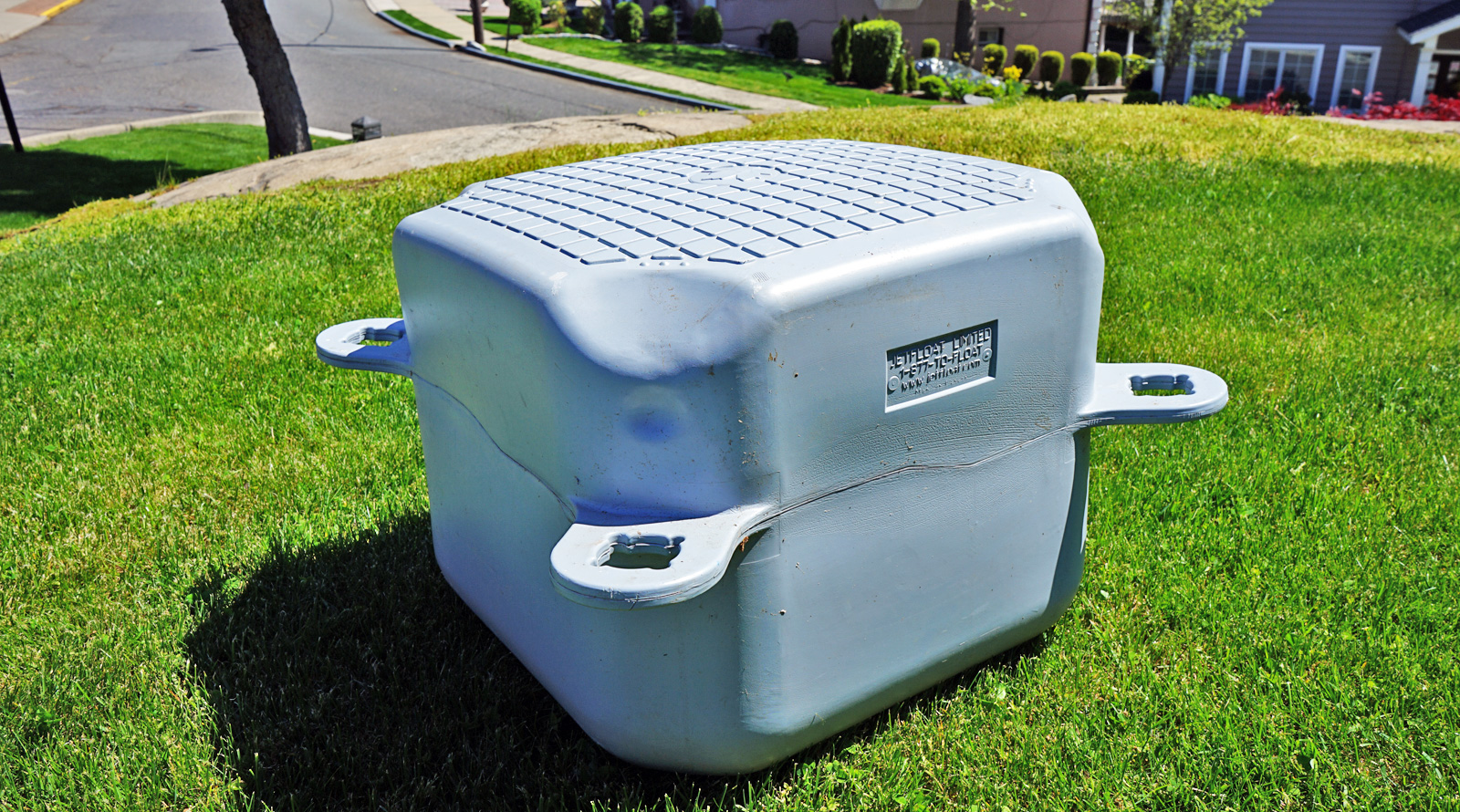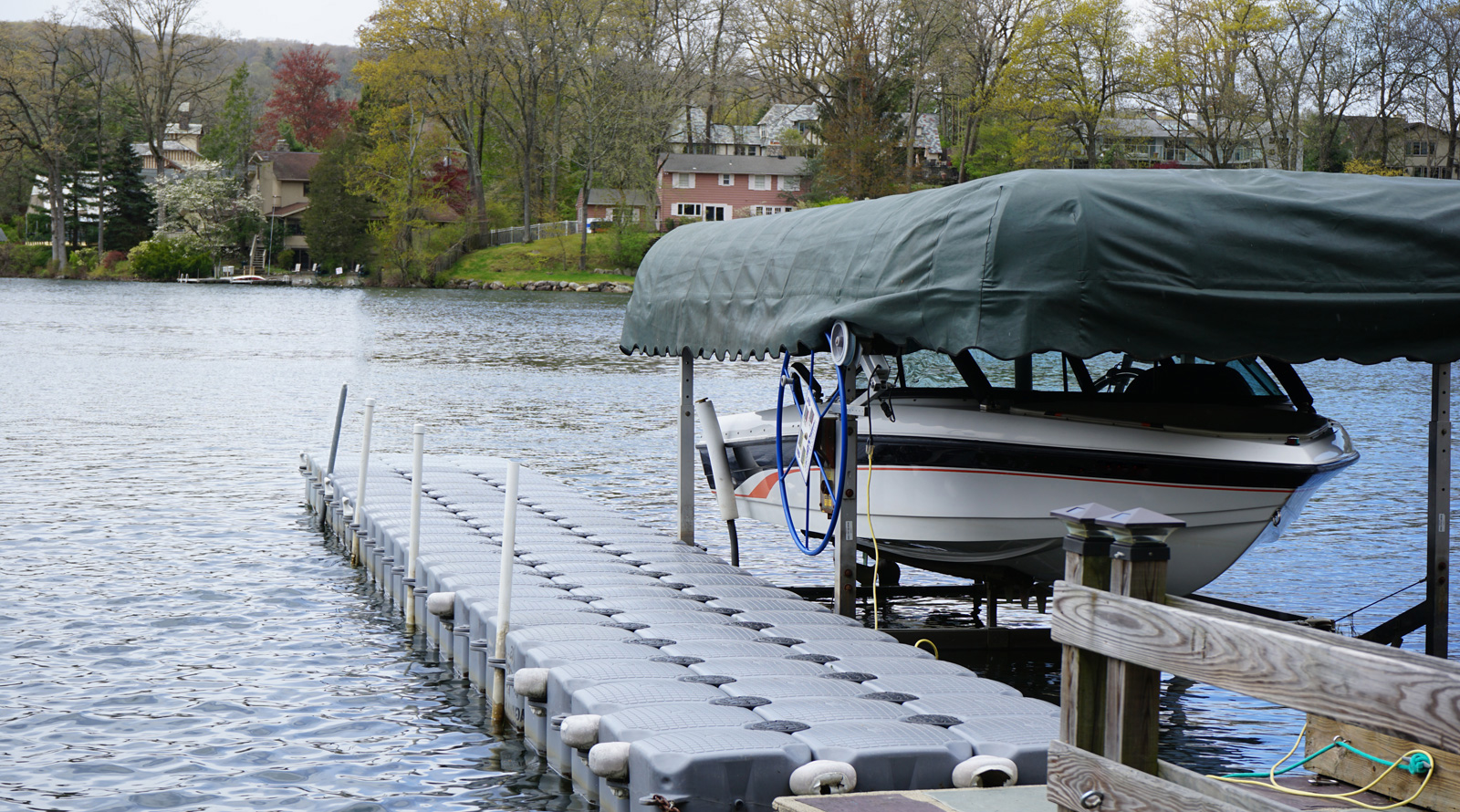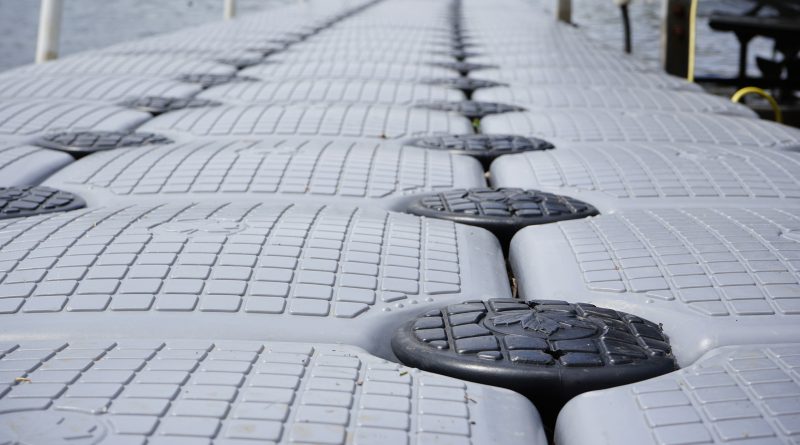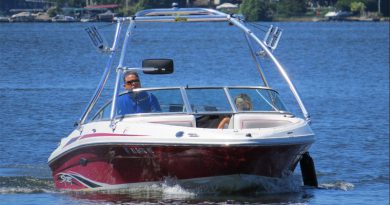Floating Dock Cubes Become The New Boat Dock Worldwide Standard
Floating dock cubes are perfect for building modular docks, platforms, and walkways. The practicality and flexibility of plastic modular floating dock systems surpass that of the traditional fixed dock. Very often, other kinds of floating docks are surpassed by dock cubes. The dock systems are simple to install, flexible, and durable. It is a great solution for residential and commercial docks, walkways and even lifts.
The plastic cube docks are not without their drawbacks. If the summer sun shines too brightly, then the plastic cubes will burn bare feet. In addition, the cubes are not really very stable when you walk on them. The cubes do not compare well to the stability provided by an old-school fixed dock. Even a floating dock that is made of larger under-deck floats is poor in comparison.
Dock cubes do, however, last a really long time and are quite rugged. They even survive frozen conditions. In addition to just a walking dock, many of the modular dock manufacturers now make additional products. These include solutions to hold Jetskis, Waverunners, sailboats, power boats and even sea planes.
Floating dock cubes are equally at home in salt sea water as or fresh water. Even seat tides or water flow in fresh water rivers and lakes are no problem. There are no metal components on the cubes that will rust out. The cube is made from a high-density polyethylene plastic composition. There are few recycled parts are in there, but many cubes will last beyond 25 years of use. This far exceeds the expectations for traditional floating docks. Floating docks are perfect for anywhere that has fluctuating water levels that change including rivers, lakes and the sea. Fixed docks may be a little cheaper overall, but the back-breaking maintenance work associated with them is not forgotten.
Floating Dock Cubes Common Questions and Answers

What Is Standard Boat Dock Cube Sizing?
Although often called cubes, most floating dock blocks measure 20″ x 20″ square and are 16″ high. Jet Float Inc created the standard sizing back in 1974. This size was adopted as the international standard. With these dimensions, the blocks are not cubes at all. There are a few modular dock manufactures and each of their products may be a slightly different size and this means that they may not integrate well with other manufacturers. The choice of the right dock block solution should also depend on how long the manufacturer will remain around and how long you intend to keep the dock, because owners may find themselves saddled with a non-supported product that they cannot add to.
How Do Modular Cube Docks Compare To Traditional Docks?
Traditional wooden docks can be slippery from moss and and can deteriorate over time, whereas the plastic docks will never rot or allow organic material to grow on them. If salt or moss does to get a hold, some rain will usually wash it away and power washing will not be necessary. Traditional docs are a great deal more stable that block docks and the cost per square foot of the block dock solution may be higher than its traditional counterpart. On the flip side, block docks are incredibly versatile and can last a very long time.
How Easy Is It To Install Floating Dock Cubes?
One of the biggest advantages of floating dock cubes is the ease of installation. Each cube has a numbering system at each corner. The numbers used are either 1, 2, 3, or 4. Each cube must be matched up with the corresponding number of any numerically adjacent cubes.
Cubes are pinned together using the tabs or flanges and a pin. The pin is inserted and rotated with a spanner tool. A set of connected dock cubes are anchored in place using post and sleeve pilings at each corner and then driven down into the lake bottom. In especially deep water situations, multiple anchors can be used to hold the dock in position.
How Do You Winterize Dock Cubes?
Modular floating dock cubes do not seem to have a problem with dealing with frozen lakes and rivers, as the cubes often rise up as the water freezes, which means owners do not have to bring them in or onshore to protect them from the winter. Even if dock owners do want to bring them in for storage, this is made a lot easier as the cubes break down into their individual units that weigh no more than 5lb each. This also makes dock transportation and setup a breeze. Even dragging a section of the cubes onto land is not that hard to do.
Who Are The Biggest Manufacturers of Floating Dock Cubes?
Some of the biggest dock cube manufacturers are Candock, Jet Float
Jet Dock, Dock Blocks, Cube Docks and various other Chinese Knock–Off Brands that include various brands like Patriot Cubes, Seaflo and Clark Cubes. See Floating Dock Cube Prices

What Are The Pro’s and Cons of Dock Cubes?
The Pros:
- Light – easy to lift carry and transport
- Easy to assemble
- Highly configurable, easily make any shape of dock you need
- Non slip surface
- Weather, chemical and UV resistant – will not rot, splinter or corrode
- Seamless construction resulting in reduced failures
- Impact and puncture resistant
- High load capacity – 220 lbs (100 kg) per standard unit
- Life expectancy exceeds 30 years
- Performs well in freezing conditions, rising up out of the water as the freeze develops minimizing impact and damage
The Cons:
- Hot In The Sun
The ABS dock cubes can badly burn bare feet in just a few seconds. As the lighter colored cubes may be less hot, he black, brown and blue cubes can be a fiery 160 degrees in direct sunlight, more than enough to fry an egg or toast your feet - Swimmers Hate These Docks
It is practically impossible for swimmers in the water to get back into the dock without a swim ladder, as the block cubes will continuously move. It is also quite difficult for them to even get into the water from this dock for the very same reason - Bouncy Bouncy
The dock cubes can be very bouncy. When the waves come in, these cubes will bounce up and down, making stability a challenge for the infirm - Very Few Optional Extras
There are few options for additional equipment that will work with the cubes, like handrails, fenders, shore boxes, power outlets etc. - Lack of Compatibility Between Vendors
There is a lack of interconnect-ability, integration or compatibility between cube manufacturers and their products



